Kharif Output 2025: Excess Rainfall, Crop Damage & Economic Impact
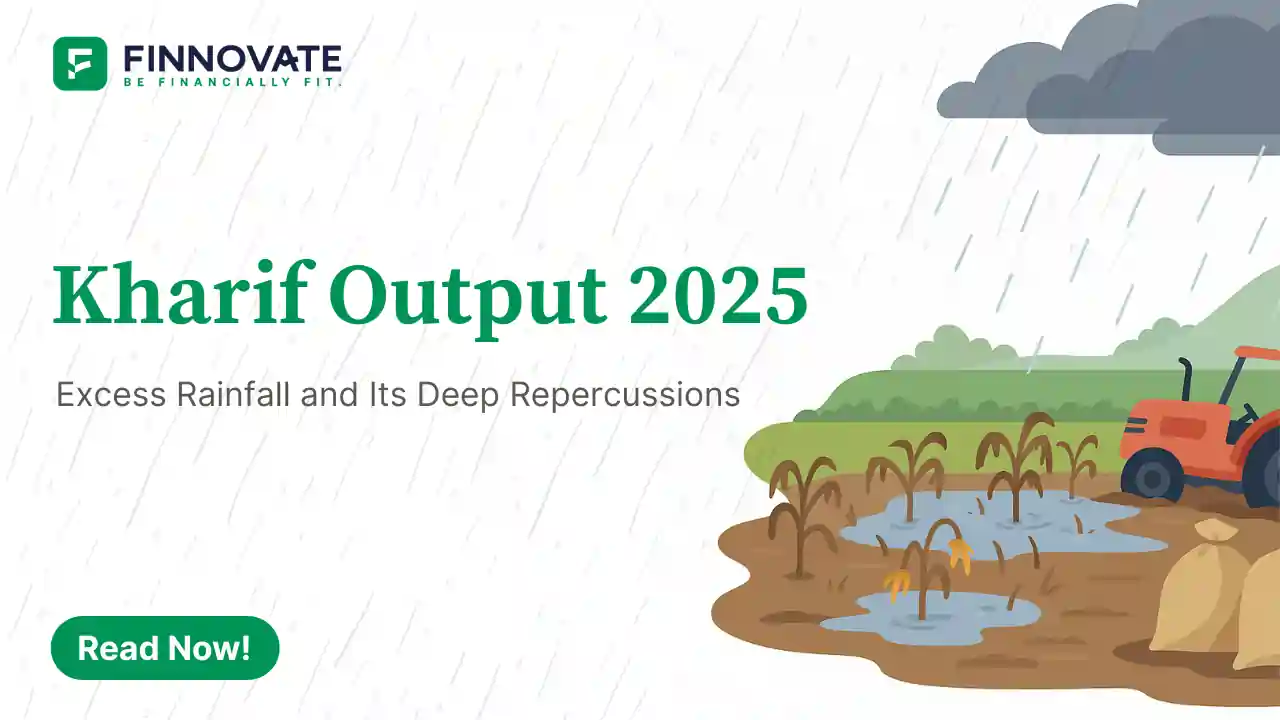
By

The year 2025 was supposed to be another strong year for India’s agricultural story, with higher acreage and promising monsoon coverage. Instead, the excess rainfall and delayed exit of the monsoons have turned optimism into concern. The government’s latest projections peg Kharif foodgrain growth at just 2.3%, and there are rising fears that the season could even end in contraction.
In 2024–25, India had achieved 353 million tonnes (MT) of foodgrain production during the Kharif season, which helped sustain agricultural growth and kept food prices under check. With acreage rising sharply this year, expectations were naturally higher.
But the prolonged rains and flooding have severely damaged crops in major producing states such as Maharashtra, Rajasthan, and Punjab. What was supposed to be a year of bumper output may now slip into contraction.
The immediate damage to Kharif crops is only part of the story. The risks extend much further:
To put numbers in context, agricultural growth was 4.6% in FY25 and 3.7% in Q1FY26. Any extended slowdown will dent not just farm incomes but also macroeconomic stability.
Agriculture’s impact on the economy goes beyond food production. It carries a multiplier effect - a strong farm output boosts manufacturing demand (fertilizers, tractors, FMCG) and services (logistics, finance, trade). Conversely, weak farm output hits all three.
The government recently updated its Kharif growth estimate to 2.4%, which is a step in the right direction. What matters most now is continuous updates and data transparency. In agriculture, speculation thrives when official numbers are scarce.
Even if the year ends with negative Kharif growth, openness in reporting ensures that markets and policymakers can take timely decisions. Excess rainfall is an act of God - beyond human control - but lack of transparency is not.
Schedule a call with our SEBI-registered experts to build a plan that prioritizes stability and growth.
Kharif 2025 is not a crisis yet, but it is a warning signal. With ripple effects likely on food prices, GDP growth, and Rabi output, the real story may unfold in the months ahead. For now, greater clarity in data sharing and proactive policy support will be crucial to contain the impact.
Disclaimer: This article is for informational purposes only and reflects current agricultural and economic updates. It should not be taken as financial or investment advice.

Learn how to easily download your NSDL CAS Statement in PDF format with our step-by-step guide. Follow our instructions to log in to NSDL e-Services, download your account statement, and subscribe for
Read Full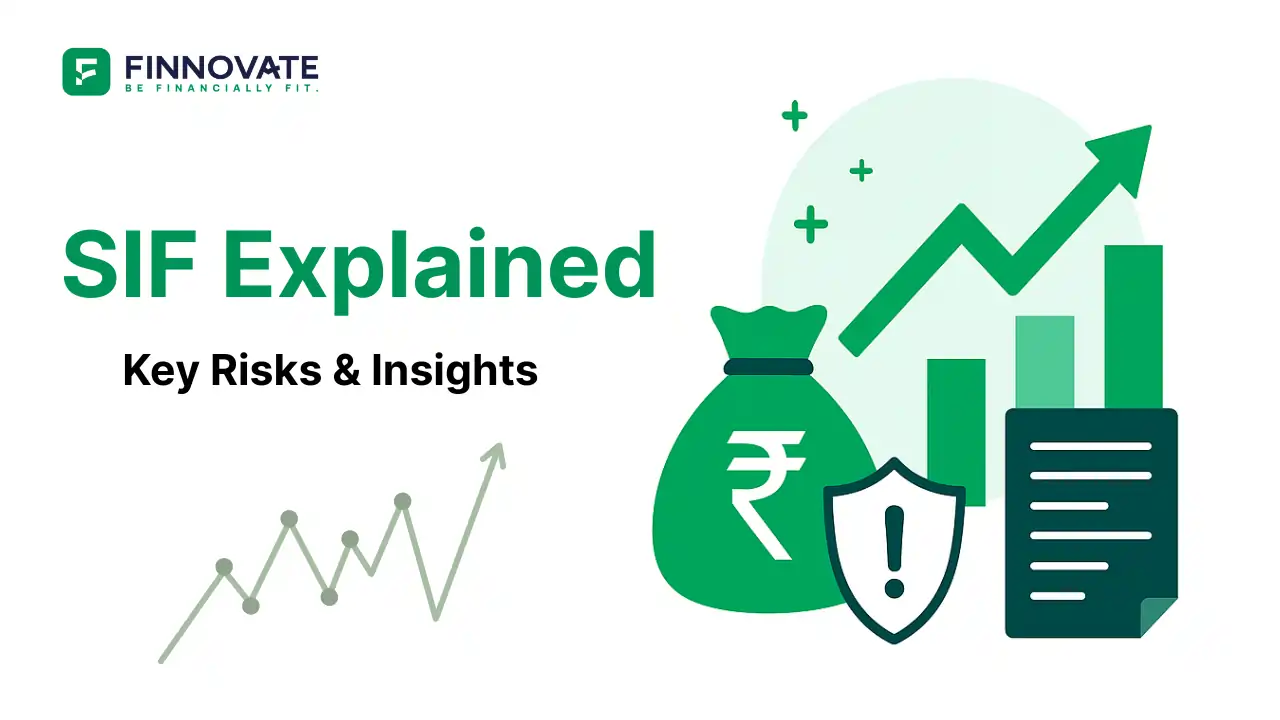
Explore what Specialised Investment Funds (SIFs) are, their benefits, taxation, minimum investment, how to invest, how they compare with mutual funds and PMS and latest developments in SIF space
Read Full
Learn How to Download Your CDSL CAS Statement with our step-by-step guide. Easy instructions for accessing your investment details online.
Read Full
Analyzing the potential economic impact of the 2025 India-Pakistan conflict on India's GDP growth, manufacturing sector, and foreign investment.
Read Full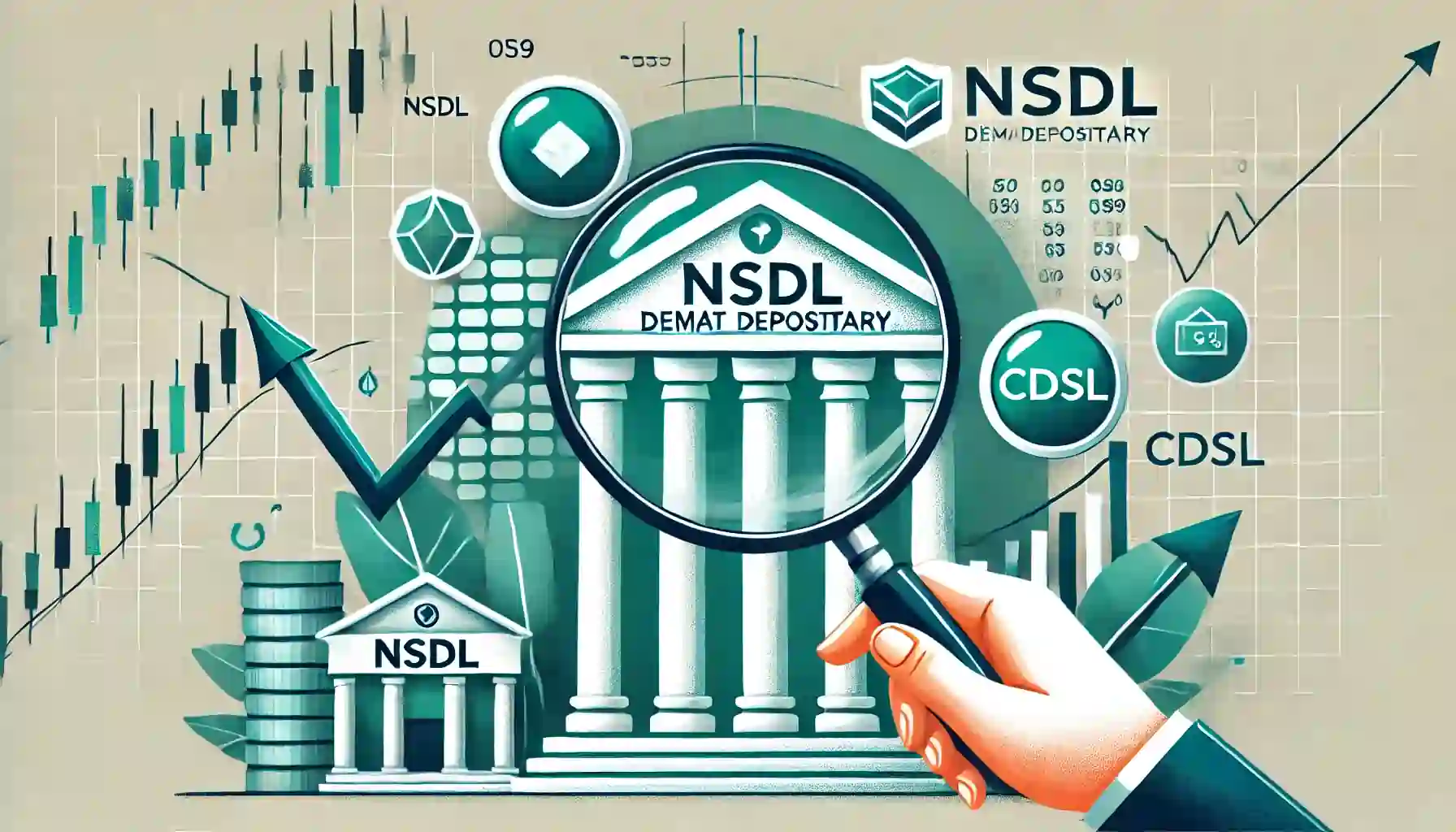
Determine if your Demat Depositary (DP) is NSDL or CDSL easily. Follow our guide to check using broking platforms or Demat account number formats
Read Full
Looking for the best financial freedom books? Here’s a handpicked 2025 reading list with summaries, why to read, and who it's best for.
Read Full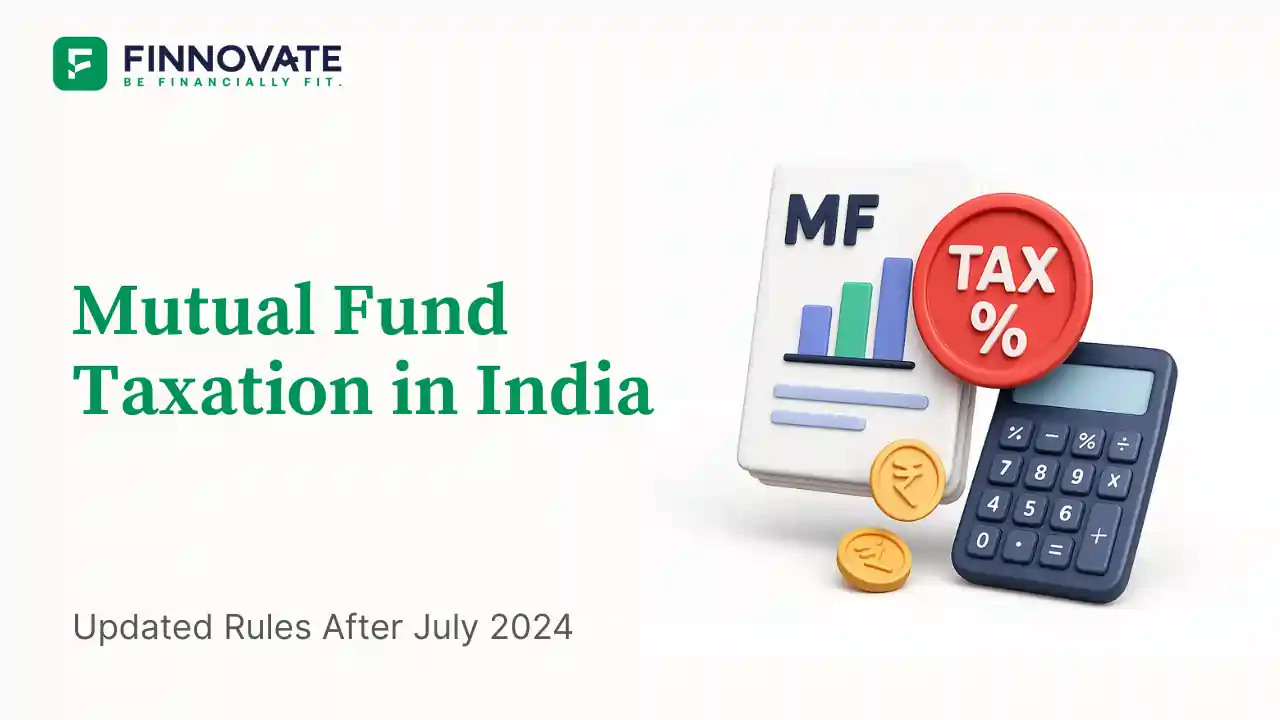
Clear guide to mutual fund taxation in India for FY 2025–26 after July 2024 changes: equity STCG 20%, LTCG 12.5% with ₹1.25L exemption, debt/hybrid rules, dividends, examples, tables, and FAQs.
Read Full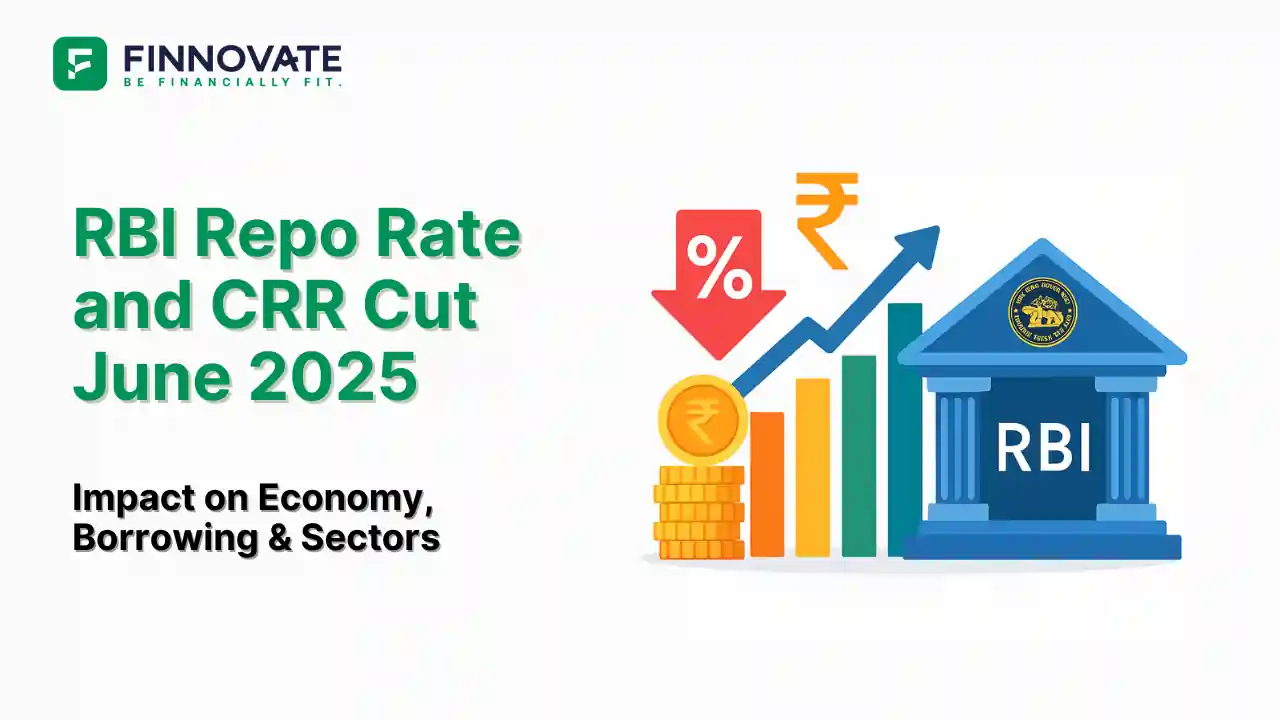
RBI cuts repo rate by 50 bps and CRR by 100 bps in June 2025 to boost growth. Learn how it impacts inflation, borrowing, sectors, and market trends.
Read Full